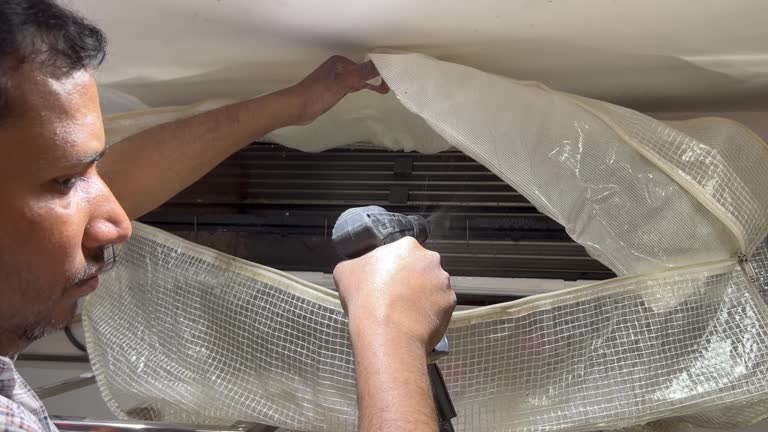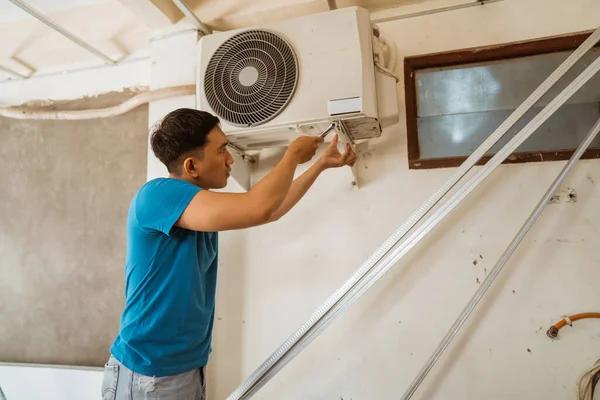When it comes to maintaining a safe home environment, the garage door often doesn’t receive the attention it deserves. However, being one of the largest moving objects in most homes, it poses significant safety risks if not properly maintained or repaired. Understanding how to address emergency garage door issues can prevent accidents and ensure your household remains secure.
One common issue is a malfunctioning garage door opener. This problem can arise from various causes such as dead batteries in remote controls, misaligned sensors, or electrical malfunctions. If you find yourself unable to open or close your garage door using the remote control, first check the batteries and replace them if necessary. Should this not resolve get the full details here photo-eye sensors located on either side of the door near ground level. These sensors should be aligned correctly and free from obstructions like dirt or cobwebs that could interfere with their operation.
Another frequent emergency situation involves broken springs. Garage doors rely on torsion or extension springs for smooth operation; when these break due to wear and tear or sudden impact, they can cause serious injury if handled improperly. It’s crucial never to attempt repairing broken springs yourself unless you’re trained in doing so because they are under high tension and can snap violently. Instead, contact a professional technician who has experience handling such repairs safely.
Cables are another component prone to damage over time due to rust or fraying. A snapped cable may result in an unevenly hanging door that could fall unexpectedly, posing a threat to anyone nearby. Regular inspection for signs of wear and immediate replacement by professionals upon detection is essential for preventing accidents related to faulty cables.
Additionally, tracks that guide your garage door’s movement may become bent or misaligned through accidental bumps with vehicles or other heavy items stored within your garage space. Misaligned tracks can cause erratic movement during opening or closing operations which might lead to further mechanical failures down the line if left unaddressed promptly.
Lastly but equally important is ensuring all hardware components like bolts and screws remain tightly secured over time since loose parts contribute significantly towards operational inefficiencies as well as potential hazards associated with falling objects resulting from vibrations caused during usage cycles especially those involving larger sized doors commonly found among commercial establishments where more frequent openings occur daily compared against residential settings typically experiencing lesser frequency levels overall thus requiring periodic maintenance checks accordingly based upon individual usage patterns observed therein respectively across respective environments encountered thereof ultimately enhancing both safety measures implemented alongside operational longevity achieved thereby simultaneously benefiting users involved throughout lifecycle durations experienced consequently thereafter effectively minimizing risk factors identified proactively beforehand accordingly via preventive strategies adopted consistently overtime through diligent efforts applied systematically towards achieving desired outcomes successfully attained eventually indeed!






